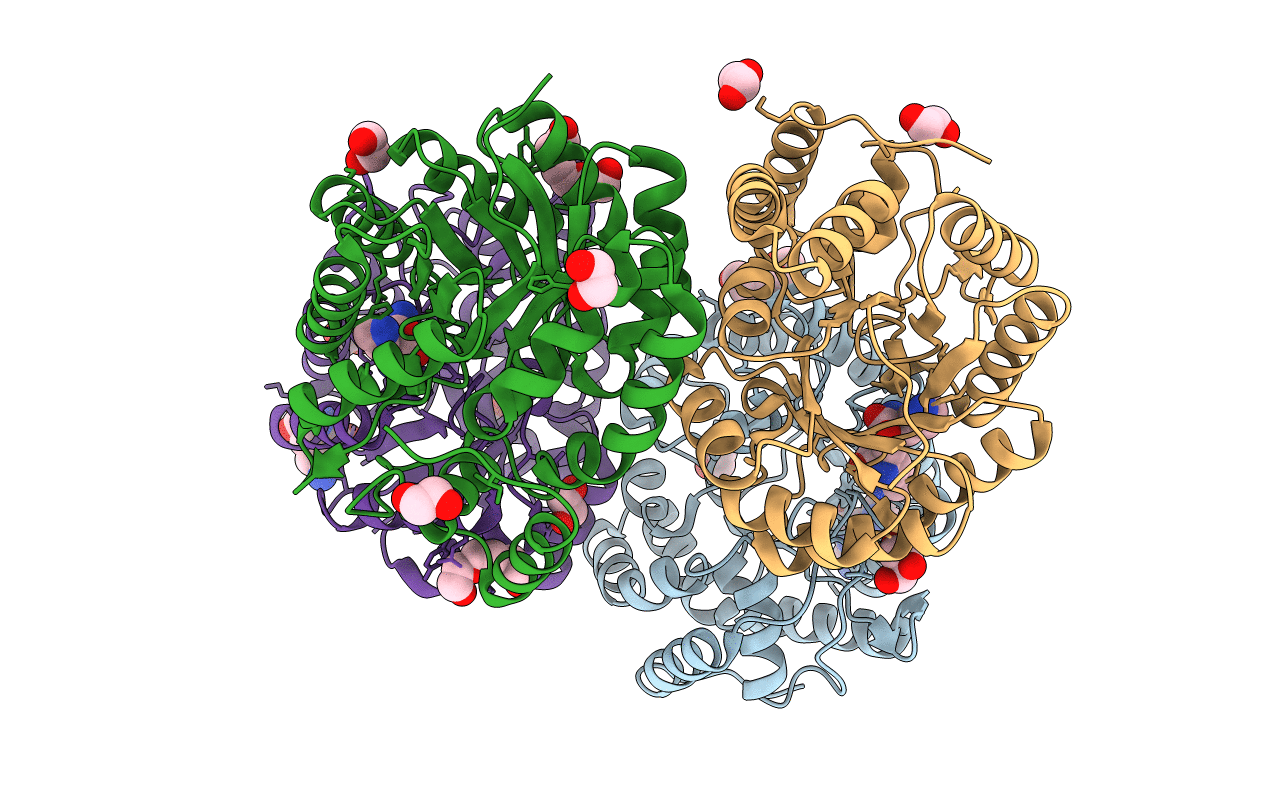
Deposition Date
2015-11-30
Release Date
2016-02-17
Last Version Date
2023-11-29
Entry Detail
PDB ID:
5F1V
Keywords:
Title:
biomimetic design results in a potent allosteric inhibitor of dihydrodipicolinate synthase from Campylobacter jejuni
Biological Source:
Source Organism:
Campylobacter jejuni (Taxon ID: 197)
Host Organism:
Method Details:
Experimental Method:
Resolution:
2.20 Å
R-Value Free:
0.20
R-Value Work:
0.15
R-Value Observed:
0.15
Space Group:
P 21 21 21


